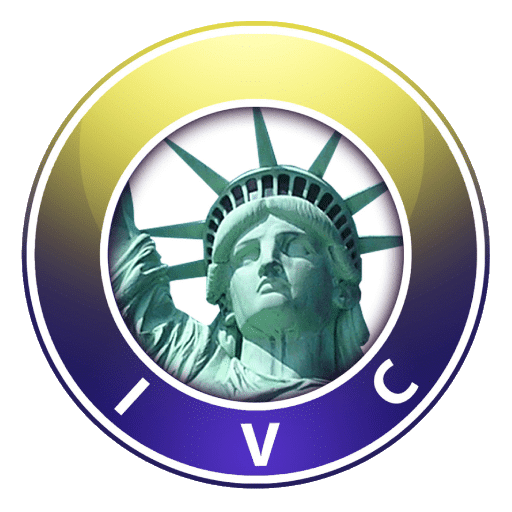Get Expert Guidance to Navigate Your Skilled Immigration Journey
IMMIGRATION. VISAS. CAREERS

Why Choose IVC Immigrant Visa Center?
- IVC Immigrant Visa Center, a leading migration firm in the Philippines, has been successfully managing skilled immigration cases for 24 years.
- Our expertise spans various visa categories and career pathways across countries like the USA, Canada, New Zealand, the UK, and more.
- We are dedicated to helping you achieve your dreams by providing expert advice and reliable service.
Our Comprehensive Services
- IVC provides professional services, including detailed migration briefings and full-service premium support tailored to your needs.
- We excel in documentation, applications, and managing timelines to ensure a smooth process. Our online orientation is designed to address your initial inquiries and introduce you to our trusted services.
- From the initial consultation to the final stages of your application, we’re here to support you and ensure your success!


Take the First Step Today!
Start your skilled immigration journey with confidence by reaching out to us. Our team of experts is ready to guide you and help you through every step of the process.
